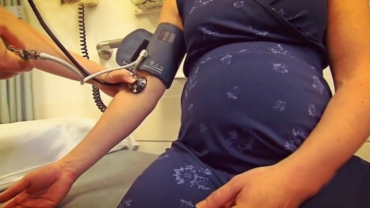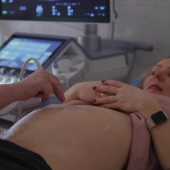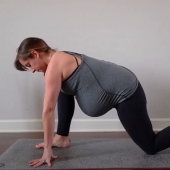The idea of travelling when you’re pregnant may seem daunting at first. When it’s hard to get comfortable in your own bed, you might think there’s no way you’ll manage it on a plane or in a strange hotel room.
Wondering whether you should fly in your second or third trimester? Are seat belts and air bags safe when you're pregnant? We'll answer these and other travel safety questions and give you the information you need for a safe and comfortable trip.
In most airports, passengers walk through metal detectors, which use a low-frequency electromagnetic field to look for weapons. Anything that generates or uses electricity, such as power lines or household appliances, produces an electromagnetic field. At the low levels a metal detector emits, this exposure is considered safe for everyone, including pregnant women. (The same holds true for the wands that security personnel sometimes pass over individual passengers.)
Many people mistakenly think these metal detectors use X-rays – they don't. Luggage X-ray machines do, though. They emit the same kind of radiation as in a dental X-ray and are used only on your bags and other inanimate objects going on the plane. You would have to place your hand through the curtain of a luggage screening machine while the X-ray was on to be exposed to a significant level of radiation.
There are now two new types of body scanning machines being installed in U.S. airports. Both create an image of the surface of your body in order to detect objects hidden under clothes. One, the "backscatter" machine, which uses low-level X-rays, has raised health concerns. (The other, the "millimeter wave" machine, which uses electromagnetic waves, is less controversial.)
The Transportation Safety Administration (TSA) claims the potential for dangerous radiation exposure from the backscatter machine is low and that it doesn't pose a significant risk to pregnant passengers. The agency says each scan emits less than 1/1,000 of the radiation given off in a standard chest X-ray, or the equivalent of two minutes of high-altitude flight.
But some medical experts have questioned whether the machines have been tested thoroughly enough and they're worried about what would happen if a machine malfunctioned. If you have safety concerns or feel uncomfortable being scanned, the TSA insists that you can opt for a physical "pat down" search instead. You can find out more about the machines (known as Advanced Imaging Technology) on the TSA website.
- 1615 views













